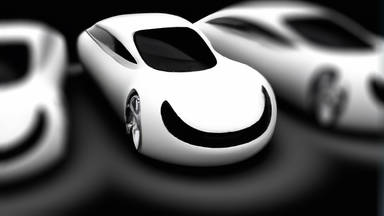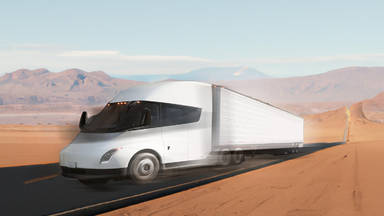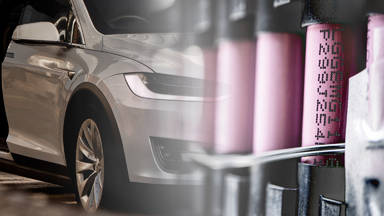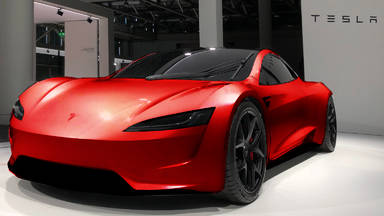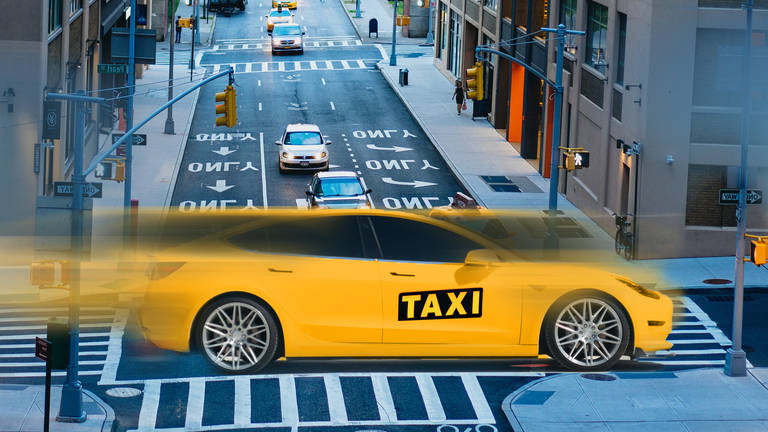
In hindsight, it may seem like the taxi industry has had little to no innovation over the past decade, but behind the scenes a broader transition to electric taxis is beginning to unfold. Tesla has recognized this transition and will soon dominate the taxi market with its low cost of ownership.
While Tesla vehicles are certainly expensive, the low cost of ownership makes it the vehicle cheaper over the long run. Considering the five-year cost of ownership of a Tesla Model 3 compared to a Toyota Camry LE and an Audi A5, after calculating the total cost of ownership along with the decline in resale value, the Tesla Model 3 actually costs around $2000 less than a Toyota Camry LE.
When it comes to taxi vehicles, switching the Tesla is a no-brainer. Taxis have a much higher daily mileage, have to constantly idle, and must keep the heat and air conditioning on at all times in order to satisfy the passengers. By recalculating the five-year cost of ownership for taxi use, this would easily result in a far lower cost of ownership for Model 3. The importance of this cannot be overstated. Tesla vehicles have better performance, comfort, and technology than a Toyota Camry, yet the vehicle still costs less money to own.
One taxi company in Germany ordered a fleet of 200 Model 3s and reported that electric cars are much easier to care for. The average old car can cost around 6000 euros a year. The expenses are already gone. They also saved on fuel costs through cheaper electricity. The only step required is to educate fleet managers about the massive cost benefits of Tesla taxis.
Tesla has been hosting webinars over the past few years, aiming to accelerate the transition to Tesla taxis. Just last week Tesla hosted his fourth enterprise webinar which was composed of a brief history of Tesla, including who we are and where we have come from, but more importantly the benefits to employers and employees as well as technology, charging and safety topics.
It may seem like the transition to Tesla taxis doesn't matter, but the truth is that the transition provides a massive opportunity for Tesla. While Uber and Lyft are making a name for themselves in the taxi space, traditional taxis still represent the majority of the market in continents like Asia and Australia. This market is ginormous and has the potential to make a massive impact on Tesla sales in the future. There are so many taxi drivers in the world and the estimates for the number of taxi drivers ranges from 15 to 30 million drivers. To put this number into perspective, Toyota sold 2.3 million vehicles in 2019. So it would take seven years for Toyota to provide the minimum amount of taxi vehicles being driven around the world. Tesla's multitude of advantages makes it the best positioned automaker to take over the taxi market as it transitions to electric.
Ultimately the turning point for when Tesla cabs become an obvious choice is when the Million-Mile battery is released. This would increase the longevity of Tesla taxis while being an entry way for making profit with vehicle-to-grid technology. The gap between Tesla taxis and gas vehicles would be so stupendously large that it would be illogical to go with other vehicles.
Given the fact that taxi drivers have to drive around all day, it is no wonder that taxi driving is dangerous. According to the U.S. Bureau of Labor's statistics, driving a taxi is the 11th most deadliest job in America. The Model 3 is the safest vehicle in the world, making it the ideal fit for taxi drivers.
Most people would rather sit in a Tesla Model 3 than a Toyota Camry. The appeal of a Tesla to the consumer will allow taxi companies to gain more market share than non-Tesla cabs; In fact, many taxi drivers who drives a Tesla Model 3, stated that while their car has only been driving for a short period, the drivers were more likely to received a higher tip, because the customers simply thought it was great to drive in an electric car. This is important to both the taxi companies and Tesla. The taxis now generate more profit and get more tips, while Tesla sells more vehicles and is able to market their product to potential customers we never sat in a Tesla before.
